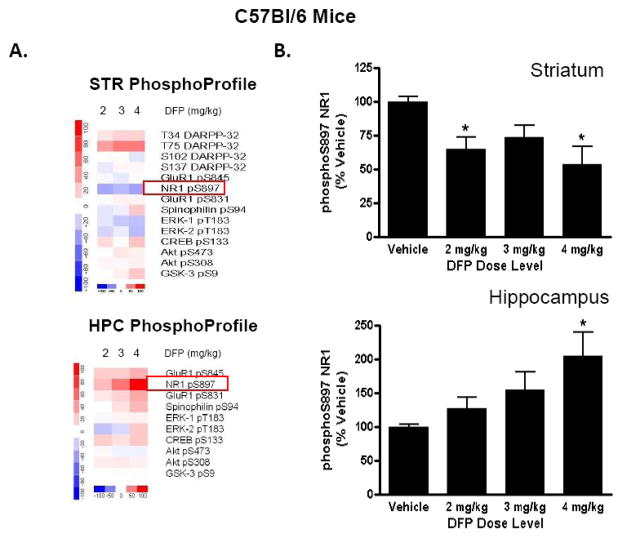Figure 2. Dose-dependent effect of DFP on the phosphorylation state of the NR1-type NMDA receptor in striatum and hippocampus of C57BL/6 mice.
Female, adult C57BL/6 mice were injected (i.p.) with vehicle (50% DMSO) or specific dose levels of DFP (2, 3, or 4 mg/kg) in DMSO vehicle, then sacrificed by focused microwave irradiation of the head 15 min later. (A) Changes in phosphorylation at a panel of phosphorylation sites comprising the CNSProfile platform were measured vehicle-treated and drug-treated mice. Levels of phosphorylation in drug-treated samples minus levels in vehicle-treated samples were plotted using dChip 1.3 software and compiled into heat map representations for striatum (top) and hippocampus (bottom). Increases in phosphorylation due to the drug treatment condition are depicted in red; decreases in phosphorylation due to drug are depicted in blue. (B) Levels of phosphorylated NR1 (S897) were detected by immunoblotting in striatum (top) and hippocampus (bottom). Levels for phosphorylated NR1 were quantitated using Li-Cor Odyssey software then normalized for total levels of the phosphoprotein of interest. Data are expressed as a percent ± SEM of levels in the brains of vehicle-treated control mice. (*p<0.05 compared with vehicle-injected controls, ANOVA with Newman-Keuls post-hoc test, n=5–11 mice/group).

